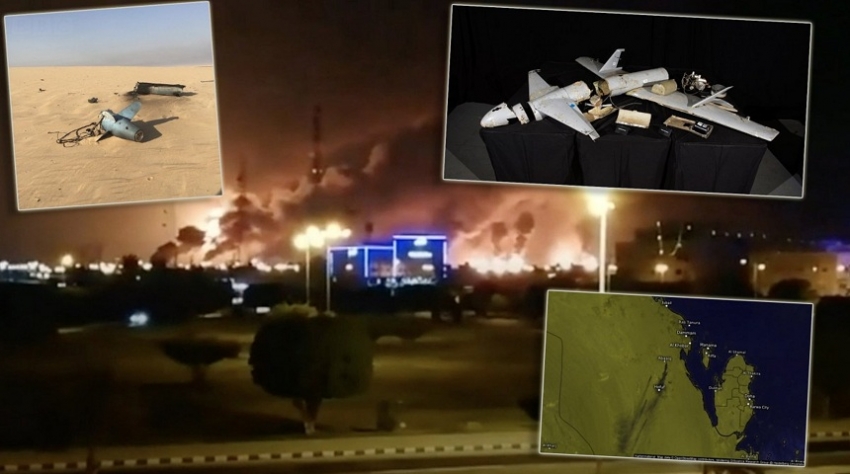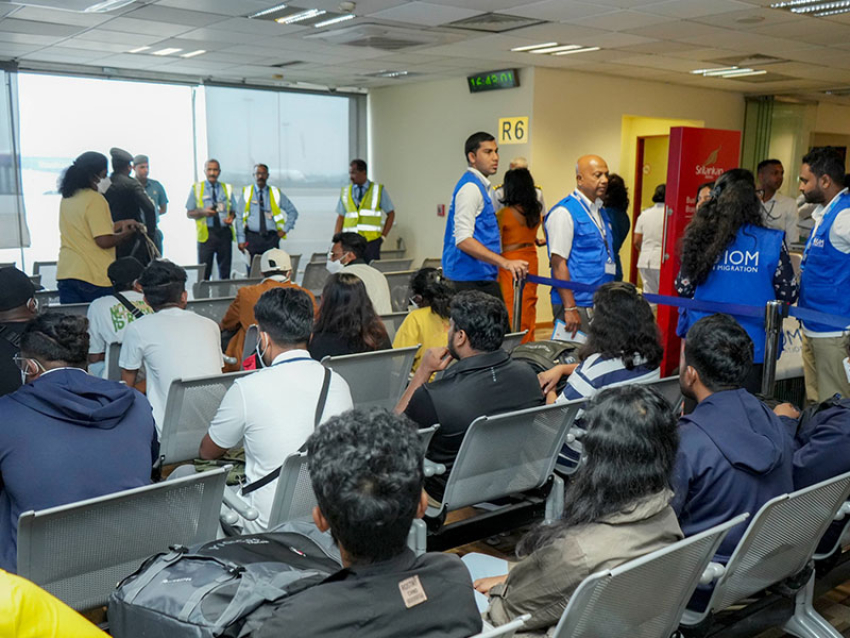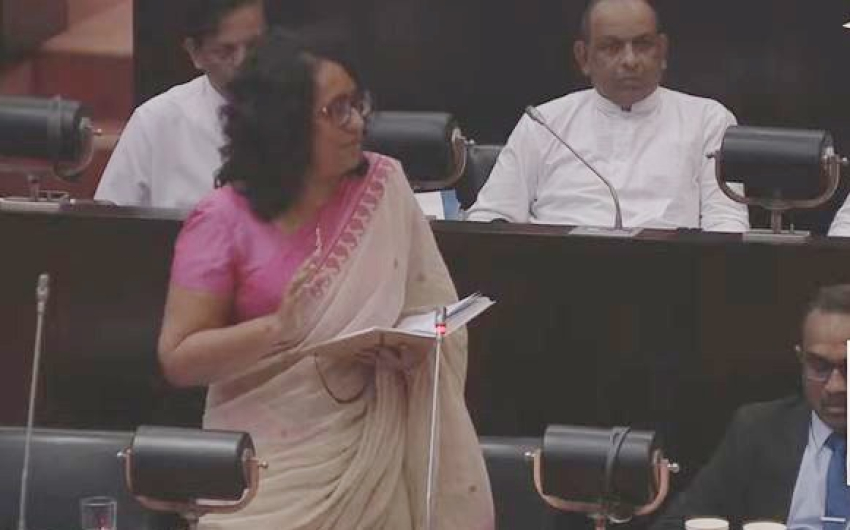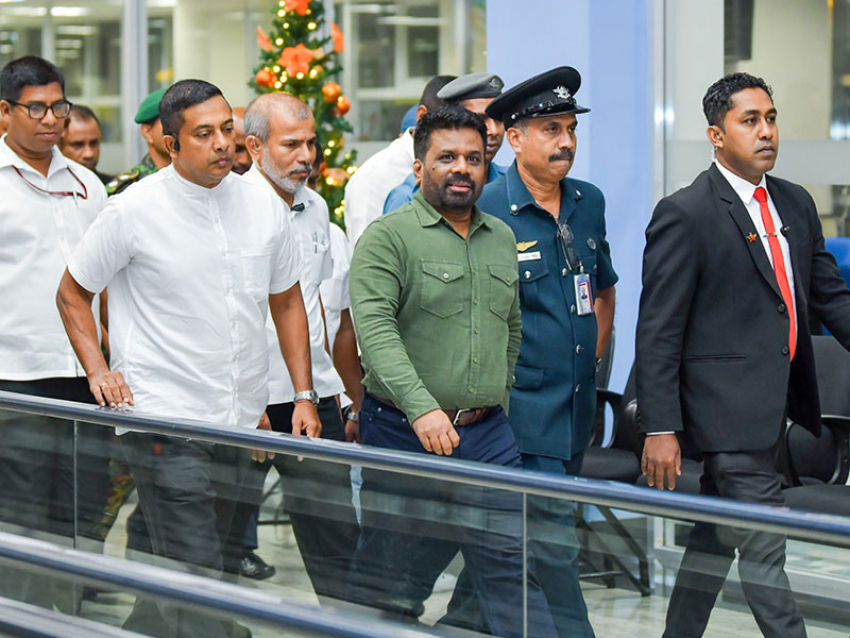Oil prices surged more than 15 percent to their highest level in nearly four months after an attack on Saudi Arabia's oil facilities that knocked out more than five percent of global oil supply.Brent crude futures jumped more than 19 percent to a session high of $71.95 a barrel at the market's open. The Bloomberg news agency said it was the biggest rise in prices on record.US crude futures surged more than 15 percent to a session high of $63.34 a barrel. Both benchmarks rose to their highest levels since May.But the initial surge moderated on talk from US President Donald Trump of tapping strategic reserves to weather any shortfalls from the loss of supply. US crude added $4.79 per barrel, or 8.7 percent, to $59.63 per barrel in electronic trading on the New York Mercantile Exchange. Brent picked up $5.78 per barrel, or nearly 10 percent, to $66.04 per barrel.State oil giant Saudi Aramco said the attack cut output by 5.7 million barrels per day, at a time when Aramco is trying to ready itself for what is expected to be the world's largest share sale.
"I think the market is going to be in quite a bit of wait-and-watch mode, and of course, there’s going to be a lot of nervousness, and I expect a lot of volatility in trading as well," Vandana Hari, founder and CEO of energy markets research firm Vanda Insights, told Al Jazeera.Aramco gave no timeline for output resumption. A source close to the matter told the Reuters news agency the return to full oil capacity could take "weeks, not days."Saudi Arabia's oil exports will continue as normal this week as the kingdom taps into stocks from its large storage facilities, an industry source briefed on the developments told Reuters on Sunday.
"The surge in prices is the natural knee-jerk reaction but the path ahead and ability to sustain at elevated levels remains dependent on the duration of the outage, the ability to meet export commitments through domestic drawdowns, demand elasticity at higher prices as well as government and agency policy," said Michael Tran, managing director of energy strategy at RBC Capital Markets in New York."Even if the outage normalises quickly, the threat of sidelining nearly six percent of global oil production is no longer a hypothetical, a black swan or a fat tail. Welcome back, risk premium."
The attack on plants in the heartland of Saudi Arabia's oil industry, including the world's biggest petroleum-processing facility, came from the direction of Iran, and cruise missiles may have been used, according to a senior US official.
"Saudi authorities have claimed to control the fires, but this falls far short of extinguishing them," said Abhishek Kumar, head of analytics at Interfax Energy in London."The damage to facilities at Abqaiq and Khurais appears to be extensive, and it may be weeks before oil supplies are normalised," Kumar said.Josh Young, portfolio manager at energy investment firm Bison Interests, told Al Jazeera's Inside Story programme that the attack could also hurt the prospects for Saudi Aramco's proposed giant share flotation.
"Given the geopolitical risk, and the actual physical security risk of their barrels being able to get produced and getting processed and getting sold, I mean one could argue that the likely valuation if they went public tomorrow, would be substantially lower than the number that they’re talking about," Young said. Saudi Arabia is set to become a significant buyer of refined products after attacks on Saturday, consultancy Energy Aspects said in a note.State oil firm Saudi Aramco will likely buy significant quantities of gasoline, diesel and possibly fuel oil while cutting liquefied petroleum gas exports.US gasoline futures jumped 11 percent, while US heating oil futures rose about 6.5 percent at the open.
Saudi oil attacks: US says intelligence shows Iran involved
The United States has issued satellite images and cited intelligence to back its claim that Iran was behind attacks on major Saudi oil facilities.Iran denies involvement in Saturday's air attacks, which were claimed by Iran-aligned Houthi rebels in Yemen.But unnamed US officials speaking to US and international media say the direction and extent of the attacks cast doubt on Houthi involvement.The incident has cut global oil supplies by 5% and prices have soared.Secretary of State Mike Pompeo blamed Iran at the weekend, without providing any evidence, prompting Tehran to accuse Washington of deceit.Tweeting on Sunday, President Donald Trump stopped short of directly accusing Iran, but suggested possible military action once the perpetrator was known.
Unnamed US officials have been speaking to the New York Times, ABC and Reuters.One official said there were 19 points of impact on the targets and the attacks had come from a west-north-west direction - not Houthi-controlled territory in Yemen, which lies to the south-west of the Saudi oil facilities.
Attack on Saudis destabilises already volatile region
Iran-US tensions: What's going on?The officials said that could suggest launch sites in the northern Gulf, Iran or Iraq.A close-up image of damaged tanks at the Abqaiq processing plant appeared to show impact points on the western side.Iraq has denied the attacks were launched from its territory.
Officials quoted by the New York Times said a mix of drones and cruise missiles might have been deployed, but that not all hit their targets at Abqaiq and the Khurais oilfield.ABC quoted a senior US official as saying that Mr Trump was fully aware that Iran was responsible.
In the UK, Foreign Secretary Dominic Raab said it was not yet clear who was responsible for what he described as a "wanton violation of international law".What are the oil markets doing?The oil price has seen the biggest one-day rise since the 1991 Gulf War, rising 20% but falling back later.The international benchmark used by traders, Brent crude, jumped to $71.95 a barrel at one point.
Prices eased after President Trump authorised the release of US reserves.But there are concerns that higher prices could continue if tensions worsen further.As for consumers, it is too early to tell if they will see an impact, writes BBC Business reporter Katie Prescott. Any rise could take weeks to feed through to petrol prices.Oil prices soar after attacks on Saudi facilities
How has Iran reacted?Iran has yet to respond to the latest US assertions.But Iranian Foreign Minister Javad Zarif tweeted on Sunday to deride Mr Pompeo, saying that "having failed at max pressure, Sec Pompeo's turning to max deceit".He was referring to the Trump administration's stated "maximum pressure campaign" which has targeted Iran with sanctions since Washington pulled out of an international agreement to limit the scope of Iran's nuclear programme.
Saudi Arabia said drones carried out the attacks, which began at 04:00 local time (01:00 GMT) and sent huge clouds of thick, black smoke into the air.The Houthi movement said its forces sent 10 drones towards the facilities and have since warned of further attacks.There were no reports of injuries, but the extent of the damage to the facilities is still not entirely clear.Why might the Houthis have attacked Saudi Arabia?The Houthis have repeatedly launched rockets, missiles and drones toward populated areas in Saudi Arabia. The attacks have left at least four civilians dead.The Yemen conflict escalated in March 2015, when the Houthis seized control of much of the west of the country and forced President Abdrabbuh Mansour Hadi to flee abroad.Alarmed by the rise of a group they believed to be backed militarily by regional Shia power Iran, Saudi Arabia and eight other mostly Sunni Arab states began an air campaign aimed at restoring Mr Hadi's government.The UN says the conflict has claimed the lives of at least 7,290 civilians and left 80% of the population - 24 million people - in need of humanitarian assistance or protection, including 10 million who rely on food aid to survive.
'Drone' attack on Saudis destabilises an already volatile region
Jonathan Marcus
Saudi-led coalition air strikes regularly target Houthis in YemenThe Houthis say they did it; the United States insists that it was Iran; the Iranians deny any involvement.A predictable war of words has followed the dramatic attack on Saudi Arabia's most important oil installations. The strikes have shown the remarkable vulnerability of oil facilities of central importance to the global economy.The Saudis - whose air campaign in Yemen is backed by the Americans and whose warplanes are only kept in the sky by a variety of western contractors - have been conducting a long-running air campaign against the Houthi rebels. But their opponents have now demonstrated the ability to deliver a strategic riposte of their own.The whole episode has inevitably revived the debate about the extent to which Iran is providing technology and assistance to the Houthis. Given the already highly charged atmosphere in the Gulf, it has served to ratchet up regional tensions.
IBut equally it has also revealed some of the failings in the Trump administration's declared policy of exerting "maximum pressure" against Tehran.Amidst the claims and counter-claims, there is still a good deal that we do not know. The Houthis have used both drones and missiles to hit Saudi targets before.But the drone attacks have generally had only limited success. Both the range over which this most recent operation was conducted and the accuracy and scale of the strikes make this a different order of magnitude altogether.Media captionAbqaiq is the site of Aramco's largest oil processing plant So was it really armed drones (UAVs) that conducted these attacks, or was it some kind of missile strike? And if the latter, why were Saudi air defences not alerted? Were the attacks launched from Houthi-controlled territory or from somewhere else? Might pro-Iranian groups in Iraq have been involved or maybe the Iranians themselves? The US Secretary of State Mike Pompeo was quick to point the finger of blame at Tehran, but he did so seemingly before any clear intelligence was available; certainly he did not offer any of it up for immediate public scrutiny.
Mike Pompeo (L) said the US and its allies would ensure "Iran is held accountable"Several hours later, US sources indicate that there were some 17 points of impact from the attack, all suggesting that they came from the north or north-west - that is to say, more likely from Iran or Iraq, rather than from Yemen to the south.The US is promising more details in due course and some of the drones or missiles that failed to reach their targets are now being analysed.Iran has well-developed ties with the Houthis and there is little doubt it has been the key player in enabling them to develop their long-range strike capability, whether through armed UAVs or missiles.In 2018, a report from a UN expert panel pointed to the remarkable similarity between the Houthi Qasef-1 UAV and the Iranian Ababil-T. In a wide-ranging study, it asserted that Iran had broken the arms embargo against Yemen and supplied the Houthis with a variety of weapons systems.Much the same conclusion was reached by a March 2017 study from the independent Conflict Armament Research organisation, which focused on Iranian UAV assistance.However, the Qasef-1/Ababil-T only has a range of about 100-150km. The distance from the Yemeni border to the closest target - the Khurais oil field - is about 770km. So if these recent attacks were carried out by a UAV it would have to have been of an altogether different design, with hugely increased range and a significantly greater level of reliability.
Iran and thus possibly the Houthis do indeed have longer-range systems, but so far there has been little evidence of their deployment in the Yemen conflict. Some kind of cruise missile might also be a possibility, perhaps fired from either Iraq or Iran, but clarity on these questions will require access to reliable intelligence information.In some ways, though, the precise details don't matter. The diplomatic damage has already been done. The US and the Saudis are implacable enemies of Iran. The Trump administration has already made its mind up, blaming Tehran for the mining of ships in the Gulf. Iran has openly seized a British-flagged tanker, albeit after the arrest of a ship carrying Iranian oil off Gibraltar.
Iran 'will never talk directly to US'So as far as team Trump is concerned, the Iranians' fingerprints are all over the Houthis' escalating strategic campaign against Saudi Arabia's oil infrastructure.Saudi Arabia raced to restart its oil production following the attacks
The question now is what are they going to do about it, or perhaps what can they do about it? And the answer may be: not very much. The US is already firmly in the Saudi corner, despite the growing unpopularity of the Yemen war on Capitol Hill, where there is a growing sense that the Saudi air campaign is pointless, serving only to turn an already impoverished country into a humanitarian disaster zone.But there is a curious aspect revealed by these infrastructure attacks. For all the Trump administration's support for the Saudis and for all its stress on "maximum pressure", in reality, Washington is sending very mixed signals to Tehran.
A Nasa satellite image shows smoke from fires following the drone attacks Mr Trump, after all seems, willing to countenance a face-to-face meeting with the Iranians on the margins of the upcoming UN General Assembly and he has just fired his National Security Adviser, John Bolton, the man most associated with the idea of regime change in Tehran. Iran, along with its Houthi allies, is conducting a classic war of the weak against the strong; a "hybrid conflict" as it is known in the strategic textbooks. It is borrowing many of the tactics from the Russian play-book - the use of deniability; proxies; cyber-operations and information warfare.Tehran knows that Mr Trump, for all his bluster and unpredictability, wants to get the US out of military entanglements and not into new ones. That gives the Iranians the ability to apply some "maximum pressure" of their own.The danger remains that miscalculation could lead to an all-out conflict, which nobody really wants.




















